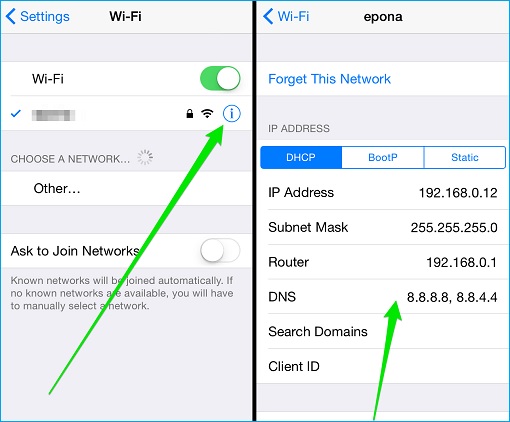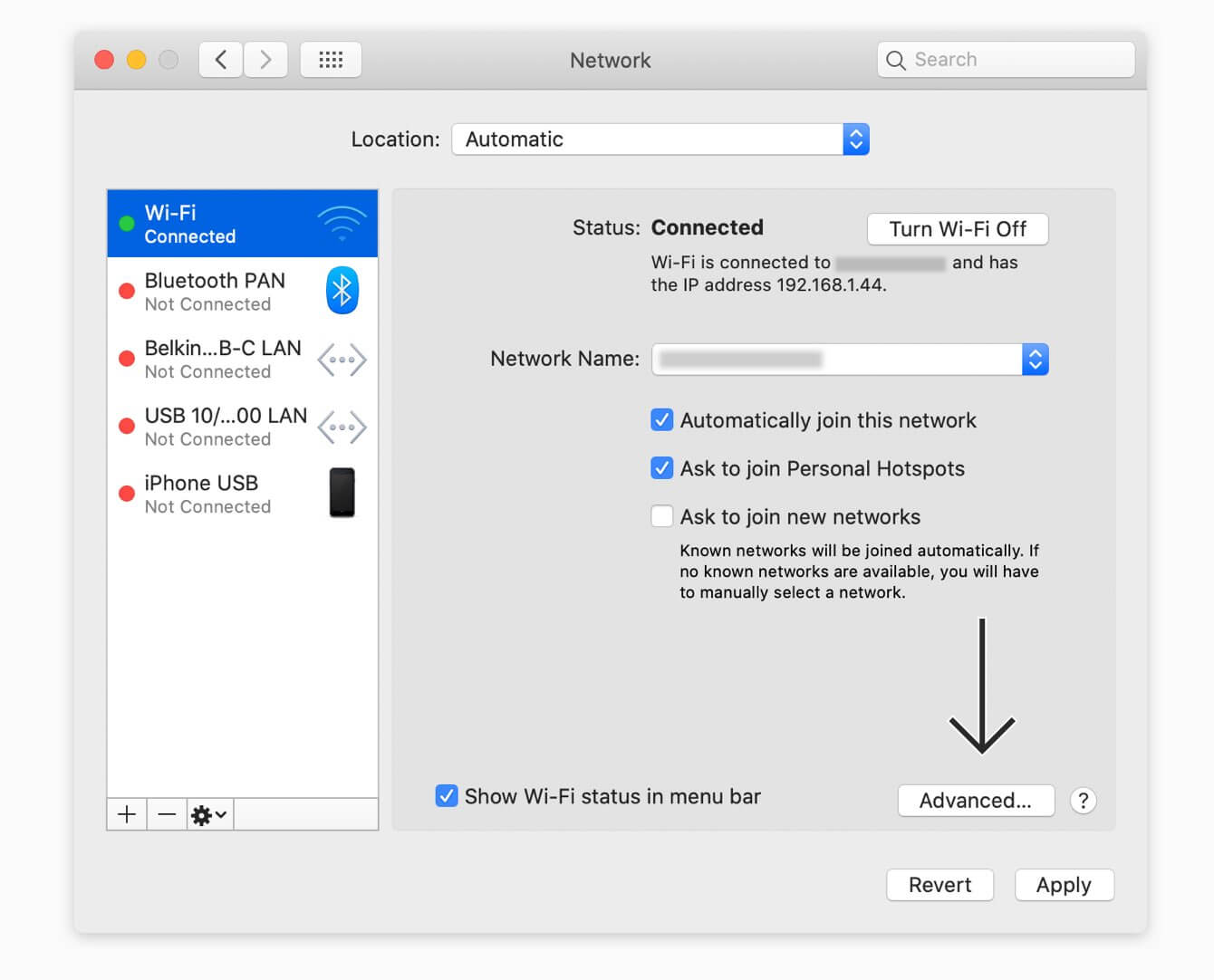
It can also be affected by malware, causing your browser to take you to malicious sites or phishing schemes.įlushing your Mac’s DNS cache can eliminate these problems. Over time, the DNS cache can become outdated or corrupted, leading to connectivity problems.


This enables your browser to resolve these lookups faster, thereby cutting down web page loading times. The DNS cache is a temporary database on your computer of all the recent DNS lookups it’s carried out. These IP addresses tell your web browser where to find the server that contains that website. This looks at the web address in your browser, and it then checks that against a database of IP addresses. When you load a website, you connect to a DNS (Domain Name System) server online. To understand what a DNS cache is, you first need to know what DNS is.

One solution is to clear your Mac’s DNS cache. But if it gets corrupted, then you can run into problems loading sites, with 404 errors being common. It works quietly in the background, sending you to the right websites when you ask for them. If you lose internet access after changing your DNS settings, you'll need to revert to your original settings.Most of the time, your Mac’s DNS cache isn’t something you need to worry about. Changing to a public DNS server can increase your connection stability, speed, and reliability. Sometimes, those servers aren't set up in the best way to enable optimal online gameplay. Your internet service provider uses their own DNS servers to connect you to the internet.


 0 kommentar(er)
0 kommentar(er)
